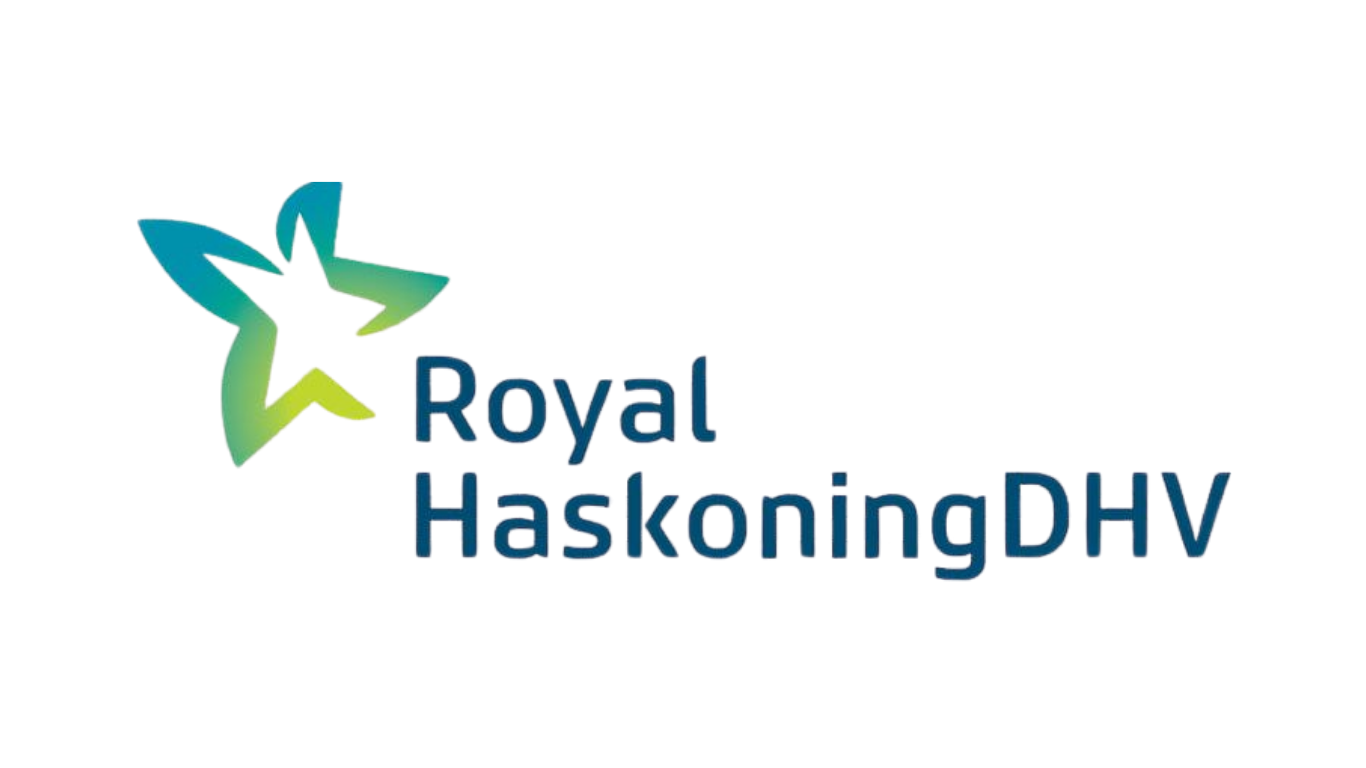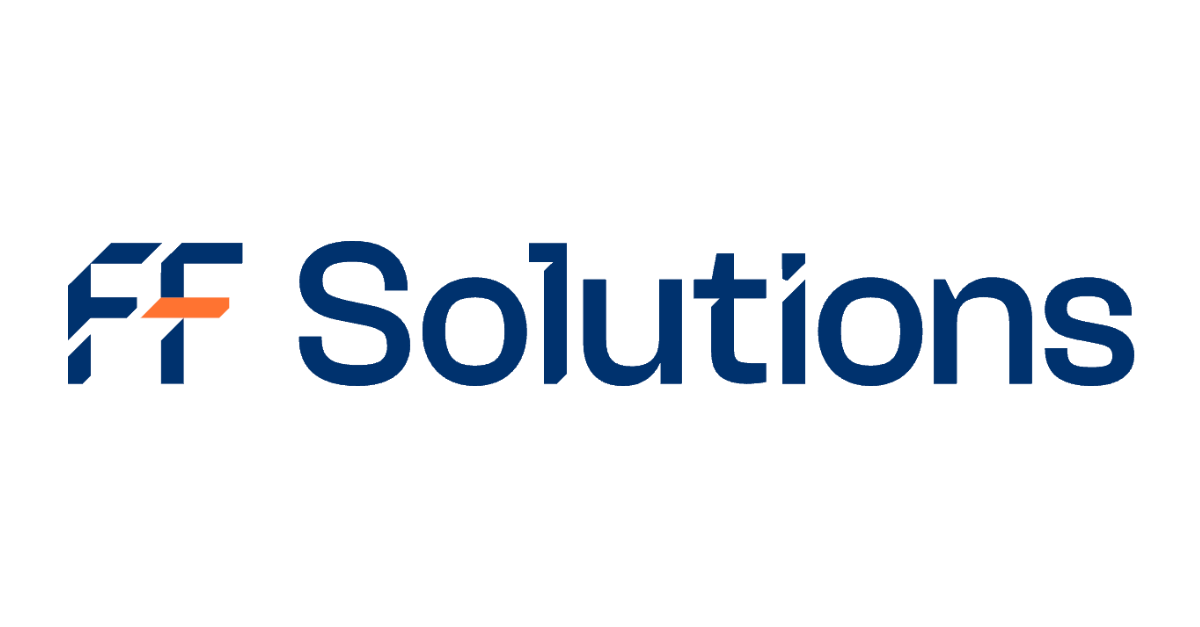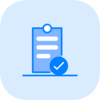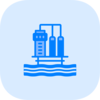The old adage about genius being 1 percent inspiration and 99 percent perspiration originated in the late 19th century, but in today’s world of automating wastewater treatment plant (WWTP) design, engineers are still haunted by onerous design processes and iterations.

All that could soon change thanks to a design generator software that automates much of the ‘perspiration’ in favor of leaving more time for ‘inspiration.’ Here’s how it works.
How To Transcend The Status Quo On WWTP Innovation
Every WWTP design is divided into two parts — preliminary design and detailed design. Unfortunately, the sheer time and effort demanded from engineers at every step of the process tends to suppress opportunities to explore more innovative approaches — until now. Enter the Transcend Design Generator (TDG), a tool conceived specifically for wastewater infrastructure. Originally developed by a creative wastewater treatment supplier to accelerate their initial WWTP bidding and design process, it is now used by water/ wastewater EPC firms, OEMs, and utilities to reduce the impact of labor-intensive design changes on overall project time and cost.
Leverage Automation As A Positive, Not A Negative
While some designers express concern that automating initial designs and follow-up processes could lead to a reduction in engineering jobs, the experience of multiple users demonstrates quite the opposite effect. TDG users and their organizations have multiplied their benefits without reducing engineering headcount. Imre Tóth, one of the original collaborators during TDG’s development, reports that “the tool significantly improved our project win rate and enabled us to increase revenues by 5x by maximizing the efforts of our existing engineers.”
How The TDG Tool Works
The TDG tool uses artificial intelligence, machine learning, and hundreds of thousands of decision trees to integrate options and calculations from all process, mechanical, civil, architectural, electrical, control, and automation engineering disciplines. TDG generates more than a dozen engineering documents and drawings for custom preliminary designs (Figure 1). The benefits compound with each requested revision. “When the time comes to make requested changes,” Tóth notes, “users only have to revise one single value and the TDG tool does the rest. When a design is not automated, engineers have to go through the entire design package to update every interrelated impact — the process, the calculations, the equipment sizing, and the civil and architectural impacts. Everything is affected.”
Automating tedious project design details — including typically five or 10 rounds of revisions — improve growth opportunities for consulting engineering firms and technology suppliers alike, enabling them to keep pace or gain ground in an ultra-competitive environment. Better yet, it helps to improve personal job satisfaction for their design engineers by giving them more time to focus on the creative work of exploring and justifying more advanced designs and innovative options. Most importantly, it can expose end-user utilities and industrial operations to significantly more cost-effective options instead of just modified versions of the ‘same old’ basic designs.

An Engineering Tool That’s All About Business

While TDG is a design-oriented software tool, every aspect of its implementation is focused on the key principles of design and proposal-oriented businesses. Its real-time analytical approach, user-friendly interface, global consistency, and quality control across all design documents set the stage for better business performance throughout the entire design cycle:
- Save Time. Boost Productivity. Time gained by automating initial designs and mundane revisions frees existing employees to focus on more important, more profitable tasks (Figure 2). That time can then be used to investigate more innovative approaches to current and future projects. The two limiting factors of productivity — overhead and headcount — become less restrictive to business growth because the TDG tool automates non-value-added activities and reduces the costs of non-billable preliminary design hours.
- Improve Responsiveness, Without Compromise. Faster initial design implementation and accommodation of requested changes enable TDG users to reduce entry time to new markets and respond to client expectations quickly, without compromising the quality of work. Even technology suppliers with finite engineering resources can be more responsive to prospect preferences for different options and cost alternatives in their requests for proposals and quotations.
- Mitigate Risk. Standardize On Quality Control. With a very formalized and calculated process for managing design inputs and outputs, the TDG tool mitigates risk while accelerating the quality assurance process for original designs and subsequent changes. This makes it easier for all offices and engineers throughout a global organization to leverage the same standards and outcomes to create confidence inconsistency throughout every project.
- Enhance Creativity. Relieving detail-laden workloads across multiple rounds of design iterations increases opportunities to leverage the experience and creativity of employees ranging from design engineers to department managers. “This allows individuals a chance to take a breath, catch up, and think about the strategy behind the application and all of its iterative design changes,” says Kim Baker, Director of Innovation in Water at Elemental Excelerator, a strategic partner in funding and project delivery for climate and environmental solutions such as Transcend’s TDG tool. “It can also enable firms to raise their ceilings on the number of proposals, the number of designs, and the number of clients they can handle based on a specific headcount of employees.”
- Drive Innovation. The pressure to get to a finished design in the fewest number of hours often compels engineers to repurpose and adapt existing designs instead of investigating new technologies from the ground up. The TDG tool evens the playing field in terms of hours required to provide design packages incorporating new technologies, encouraging exploration of potentially better alternatives in the application.
The Value Of A Critical Engineering Review
Interested consulting engineering firms, technology suppliers, and individual engineers can create their own free TDG accounts to explore the value of creating designs in the TDG tool before making any commitments. Because the TDG tool is available to use on a subscription or project basis, it is affordable for smaller technology providers and the consulting engineering firms with whom they collaborate, making it easier for all parties to test and compare alternative design options. Those options include comparisons of capital cost, operational cost, and estimated price for certain equipment or parts of a facility to help engineers justify the most productive solutions. Parties interested in scheduling a TDG demo can request one now!








 WWTP Design
WWTP Design  Substation Design
Substation Design  Utility Interconnection Hub
Utility Interconnection Hub  White Label Proposal Generator
White Label Proposal Generator  PFAS Feasibility Study
PFAS Feasibility Study  Booster Station Design
Booster Station Design  Value Discovery Program
Value Discovery Program